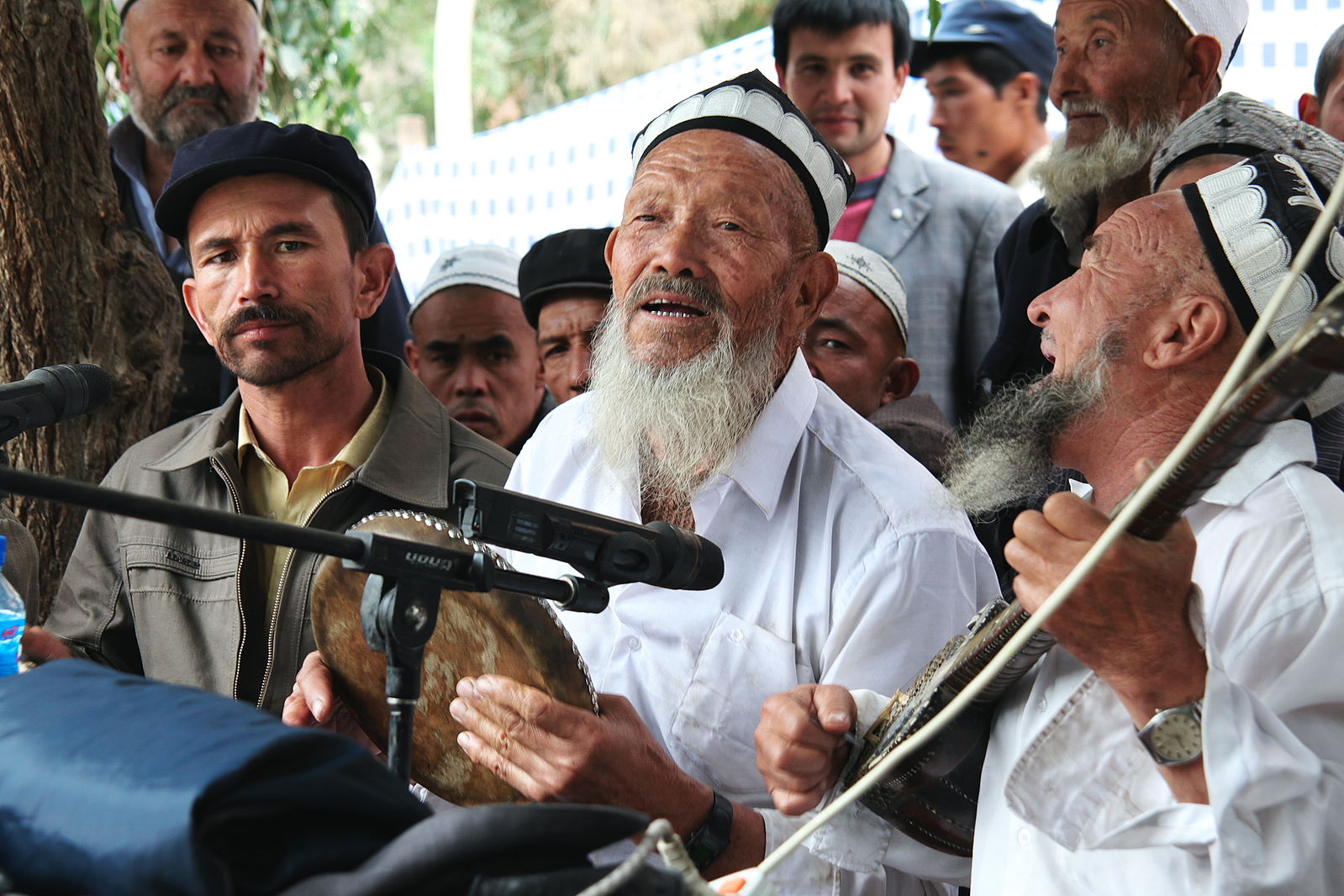
The periphery territories of Xinjiang and Tibet present a geopolitical security nightmare for China’s military given their relative geographic isolation and the sparsity of the population throughout the regions. With physical geography against them, alongside the militarisation of the landscape and deployment of troops, China resorts to forceful cultural strategies of control over the minds and souls of its minority populations.
In Tibet, religion is life itself and Tibetan Buddhism permeates all areas of culture, society, the urban landscape and daily life. With the invasion of the People’s Liberation Army in 1951, Tibetans were branded as militant separatists whose nomadic and spiritual lifestyles stood as a barrier to China’s pursuit of modern progress. In modern times, the Chinese state continues its cultural repression in Tibet by restricting the liberties of monasteries, secularising education and persecuting any public show of loyalty to the Dalai Lama. This battle against minority ethnoreligious identity in Tibet is mirrored in Xinjiang, revealing the state-wide program of eradicating oppositional or alternative identities from its population.

In Xinjiang, Islamic faith and Uyghur culture present a similar threat to Chinese homogeneity, with Uyghurs also portrayed as violent, extremist separatists. Blaming Islam as the root of violent protests in the region is tactical and seeks to legitimise the cultural genocide in Xinjiang. Practicing and preaching Islam is highly restricted in Xinjiang and, as in Tibet, religious leaders are frequently victims of violence and intrusive surveillance. Using the rhetoric of waging war against the ‘three evils’ of extremism, separatism and terrorism, Islam in Xinjiang and Buddhism in Tibet are presented as the root of these ‘evils’. Under this guise, aggressive secularisation and religious persecution are presented as legitimate and essential. The international community is not fooled by this convenient rhetoric and must urgently act against this blatant abuse of human rights.
Minority cultures around the world are kept alive through traditional languages engaging populations in a distinct culture with literature, song and oral history creating a sense of shared belonging and common heritage. In schools, Uyghur and Tibetan children learn only Mandarin in an attempt to eliminate the next generation’s access to their heritage and culture. Furthermore, diluting the populations in these regions with Han Chinese immigrants reduces the power of culture as immigrant culture fights to exert influence. Along with the tragically inevitable efficacy of population control via forced sterilisation in Xinjiang, the culture may be able to retain its potency but there will be increasingly fewer individuals able to listen and partake.
Xinjiang’s ‘Vocational, Educational and Training Centres’ can hardly be mistaken as a reincarnation of the Maoist era ‘re-education camps’. The size of the camps and the force of their methods reveals the intensity of the Chinese state’s fear regarding the religion and culture of its minorities. Where latent cultural methods of control have failed, albeit implemented with force, the state has returned to Maoist oppression. The camps endeavour to reshape the identity of their prisoners by exerting psychological pressure and indoctrination. Cultural cleansing will fail by even the most determined powers unless the identity and soul of a person are reshaped, and their allegiance is torn away from a spiritual being and their community. The loyalty of the soul is malleable, and the Chinese state is relentless in acquiring it for its own purposes. The international community must learn lessons from history and take action to prevent this most heinous pursuit of cultural genocide in Xinjiang and Tibet.



Average Rating